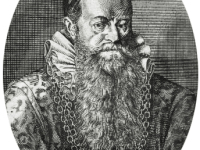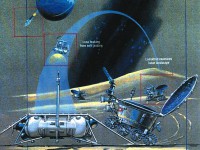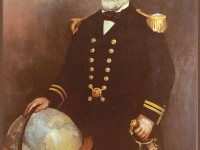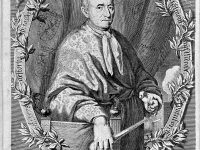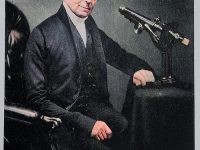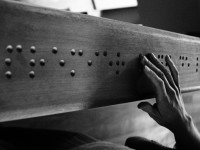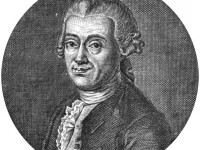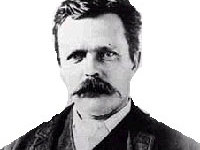Gaspard Bauhin and the Classification of Plants
On January 17, 1560, Swiss botanist Gaspard Bauhin was born. He is best known for his contributions to the field of botany, and especially for his classification of plants. He was a disciple of the famous Italian physician Girolamo Mercuriale and he also worked on human anatomical nomenclature. Gaspard Bauhin – Early Years Caspar Bauhin came from the Bauhin medical family, which had fled to Basel as Huguenots from Paris and Amsterdam;…
Read more

